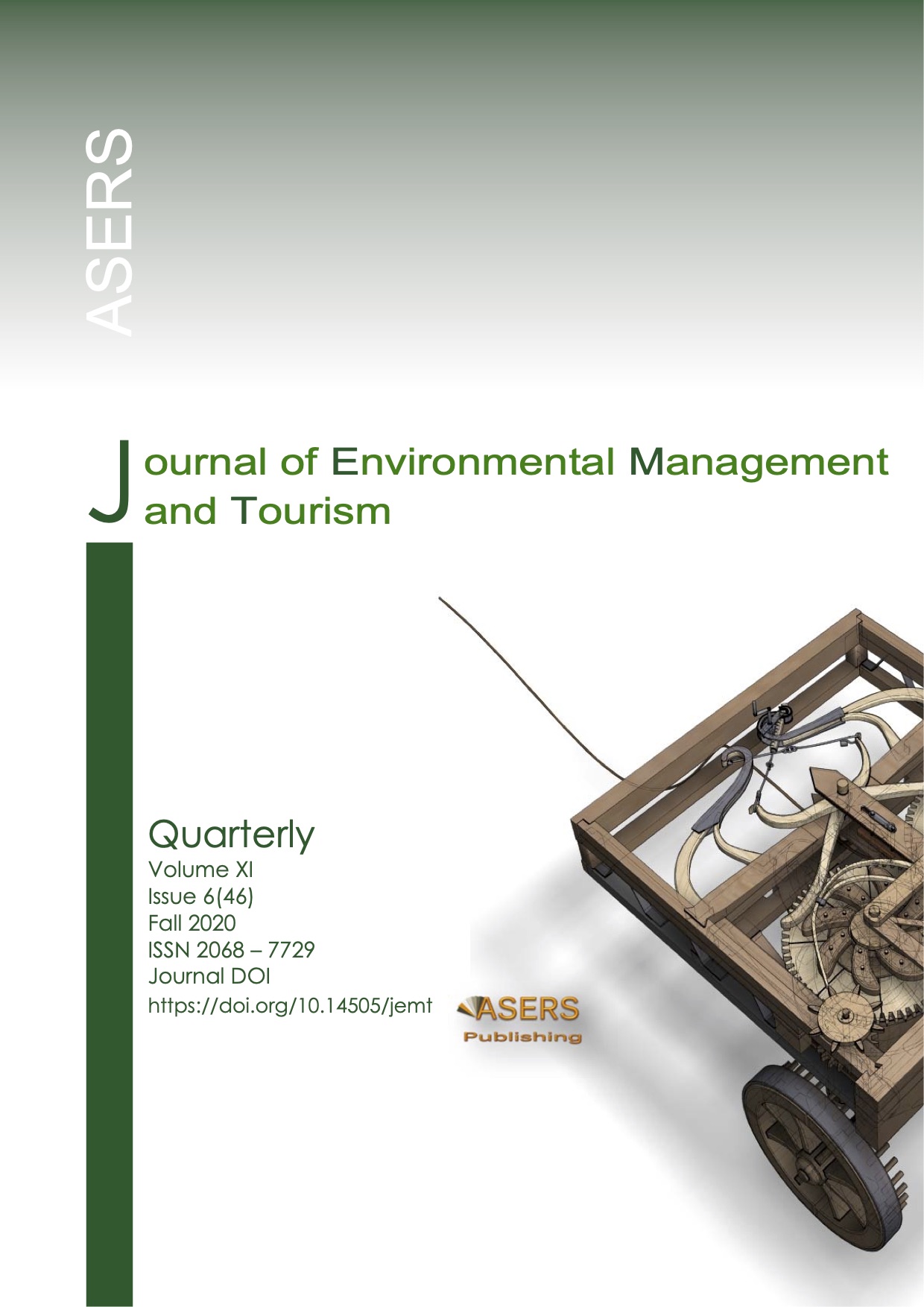Sustainable Rural Development through Tourism
Abstract
The status of the capital suburb gives additional attractiveness to rural territories for both internal migrants and labor migrants from other regions and oblasts of the country. Social and economic problems are the factor of strengthening the migratory activity of the population of able-bodied age that can have a considerable influence on changing the demographic situation. The population shift is one of the global processes in the modern world. At present virtually all countries are faced with this phenomenon in various forms depending on the level of social and economic development, geographical location and specifics of the proceeding demographic processes.
Shchuchinsko-Borovskaya resort area is a resort with excellent natural and climatic conditions, rich therapeutic and recreational resources and historical and cultural foundation, favorable geographical location in the center of the Republic, close to the capital of the Republic of Kazakhstan, Astana. The growth of the income of travel agencies can be expected due to the increase in the cost of the package, because the number of vouchers is likely to decrease due to the reduction of potential tourists. Given that the strategy of long-term development of the Akmola region provides state stimulation of tourism development and recreation in the region, it will be necessary to improve the information and statistical support of this area.
References
[2] Feifei Xu, Fox D. 2010. Modeling. Modeling attitudes to nature, tourism and sustainable development in national parks: A survey of visitors in China and the UK. Tourism Management, 45: 142-158.
[3] Juho Pesonen and Raija Komppula. 2007. Rural Wellbeing Tourism: Motivations and Expectations. Journal of Hospitality and Tourism Management, 17(1): 150-157.
[4] Lashchenko, N. S. (with the participation of A. Kulikov) Fundamentals of the concept of the development of eco-agritourism in the Russian province // Report at the seminar “Experience of Russian municipalities in the development of agro-and ecotourism”, December 2003 Kraskovo (Moscow region), 18-19 p.
[5] Joppe, M. 2006. One Country's Transformation to Spa Destination: The Case of Canada. Journal of Hospitality and Tourism Management, 17(1): 117-126.
[6] Jarvis, N., Weeden, C. and Simcock, N. 2010. The Benefits and Challenges of Sustainable Tourism Certification: A Case Study of the Green Tourism Business Scheme in the West of England. Journal of Hospitality and Tourism Management, 17(1): 83-93.
[7] Nyussupova, G., Kalimurzina, A. and Kelinbayeva, R. 2017. Social and geographical research in the Republic of Kazakhstan with the use of gis technologies. European Journal of Geography, 8(3): 109-125.
[8] Nyussupova, G., et al. 2018. Socio-demographical indicators of an electronic atlas of socio-demographic development of the regions of the republic of Kazakhstan. International Multidisciplinary Scientific GeoConference Surveying Geology and Mining Ecology Management, SGEM, 18(2.3): 559-566.
[9] Omarkhanova, Z. and Ramashova, A. 2018. Sustainable development of competitiveness of meat cattle breeding. Journal of Environmental Management and Tourism, 9(1): 151-159.
[10] Trikoz, R. and Ratushnaya, I. 2000. The economy of the peasant (farm) economy. Journal Agricultural Economics of Russia, 8.
[11] Semenyuk, O., Nechay, N. and Niyazbekova, S. 2018. The influence of ecology and economic factors on eco-architecture and the design of energy efficient buildings. World Transactions on Engineering and Technology Education, 16(2): 186-192.
[12] Nixon, T. 2011. Protecting the tropics of China with a new kind of accounting. Available at: https://blogs.thomsonreuters.com/answerson/protecting-china-natural-capital-accounting/https://ecobnb.com/blog/2013/03/tourists-prefer-eco-friendly-hotels/
[13] Zhansagimova, A.E. and Sayabaev, К.М. 2016. Finance, franchise and their impact on tourism. Journal of internet banking and commerce, 21(3): 1-22.
[14] akmola.stat.kz
[15] Prospect for the development of agritourism in Russia. Association for the Promotion of Agritourism. Available at: http://www.agritourism.ru/association/ourwork/1803
[16] To see the future of renewable energy, look to the EU. 2014. Available at: https://blogs.thomsonreuters.com/answerson/renewable-energy-future/
[17] ush.akmol.kz
Copyright© 2025 The Author(s). Published by ASERS Publishing 2025. This is an open access article distributed under the terms of CC-BY 4.0 license.
